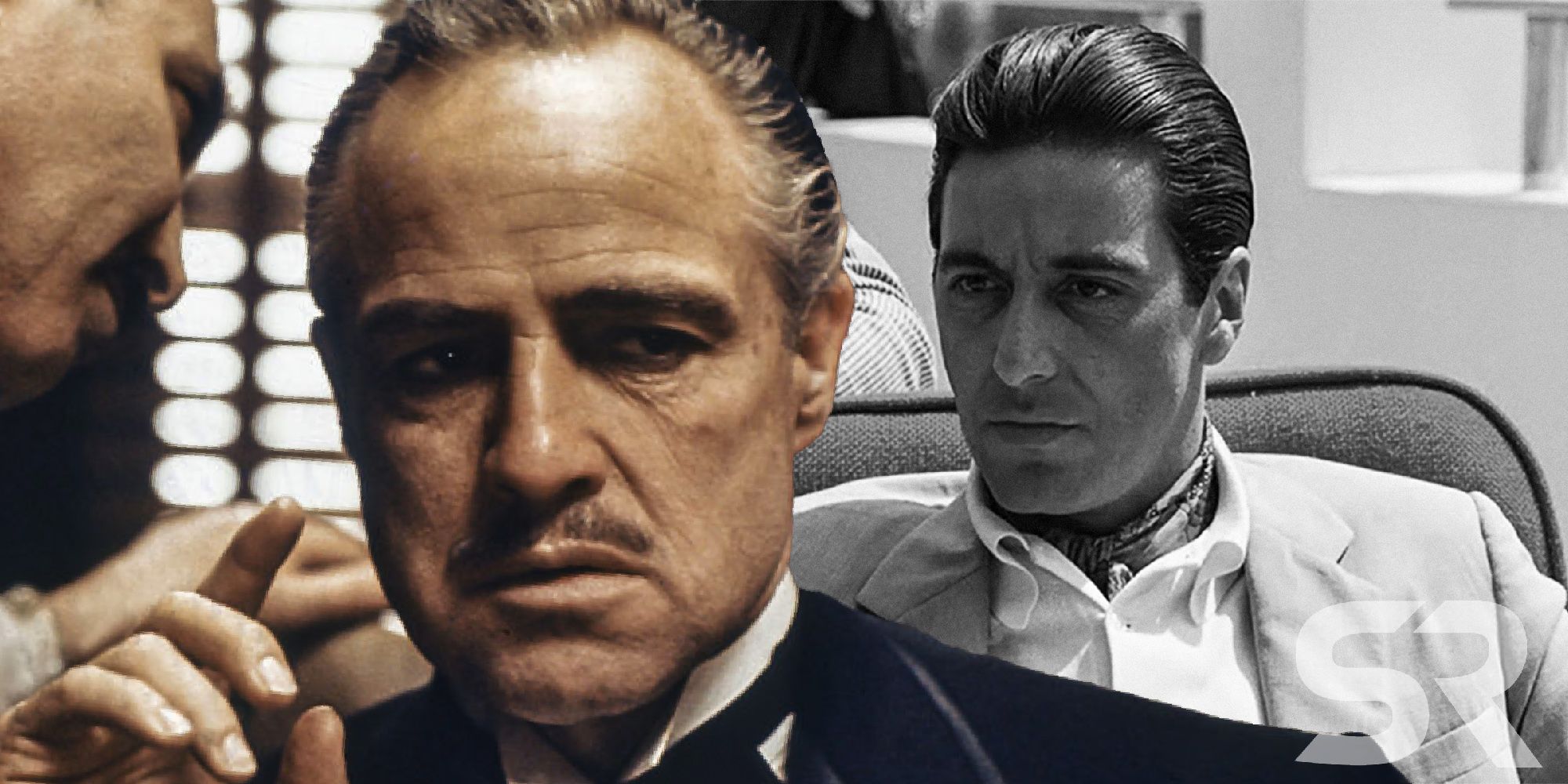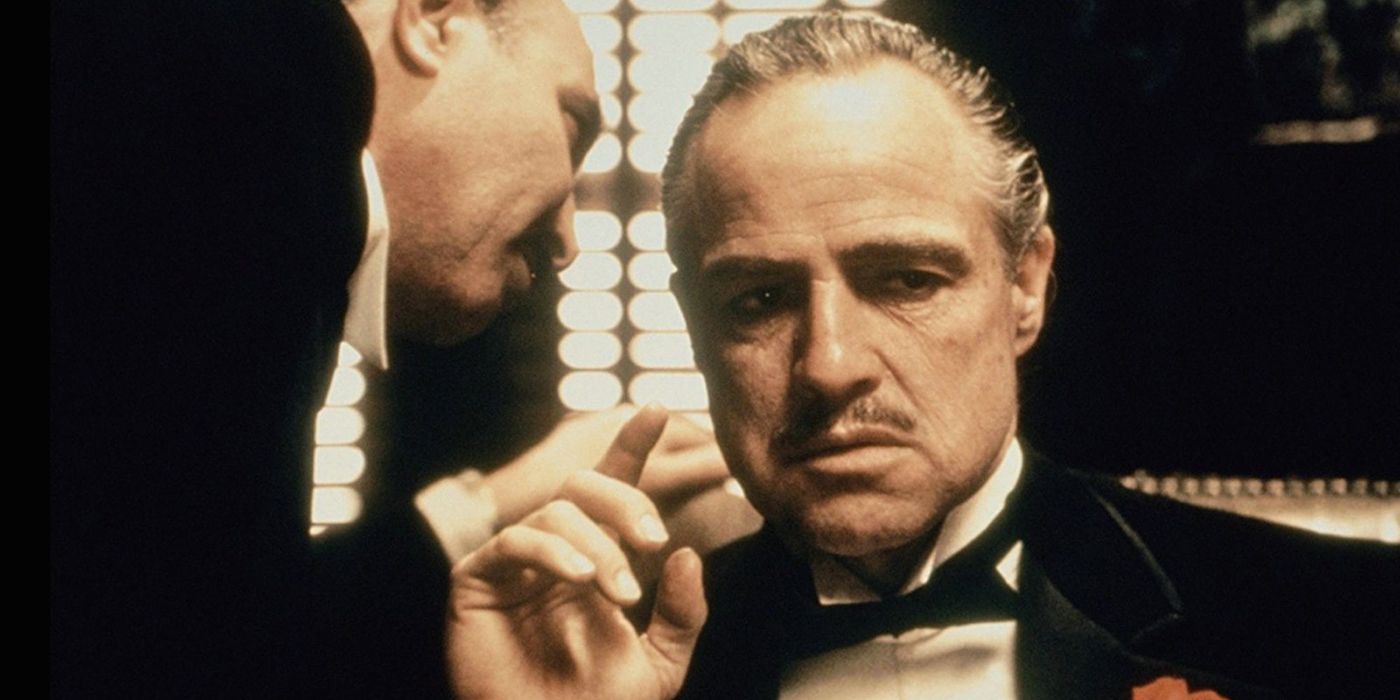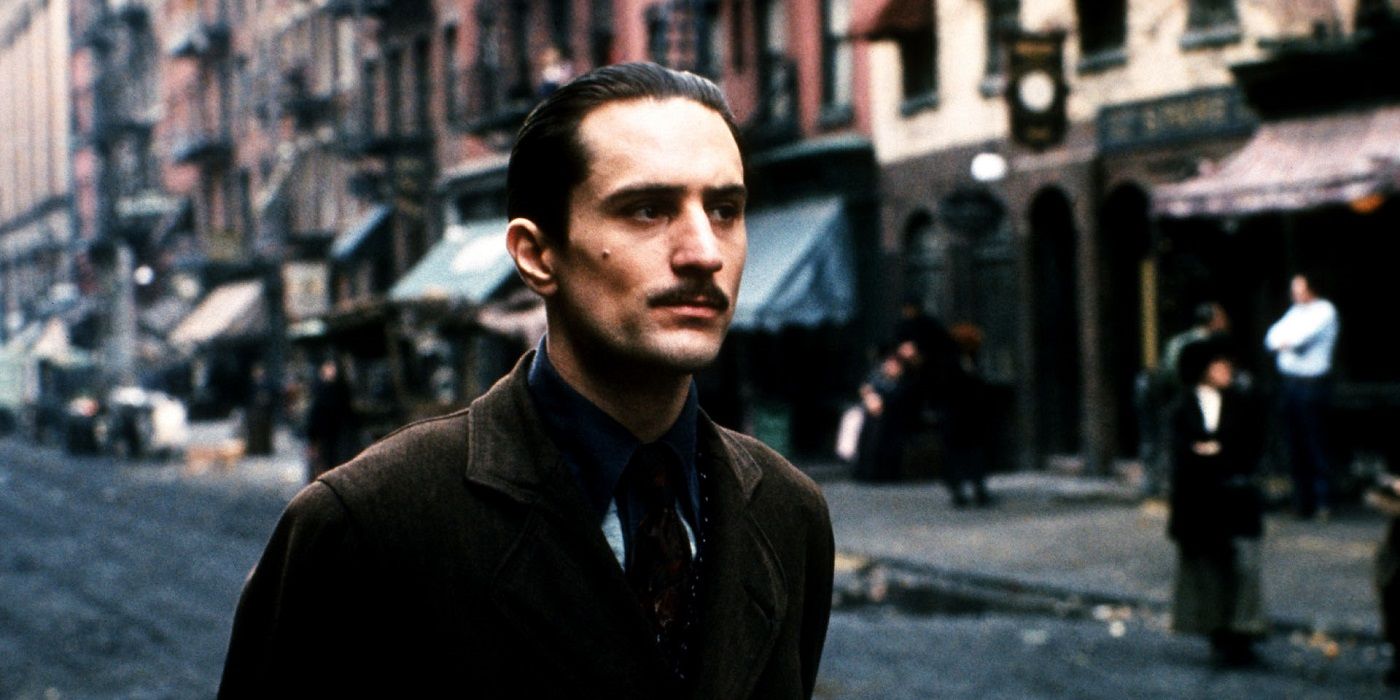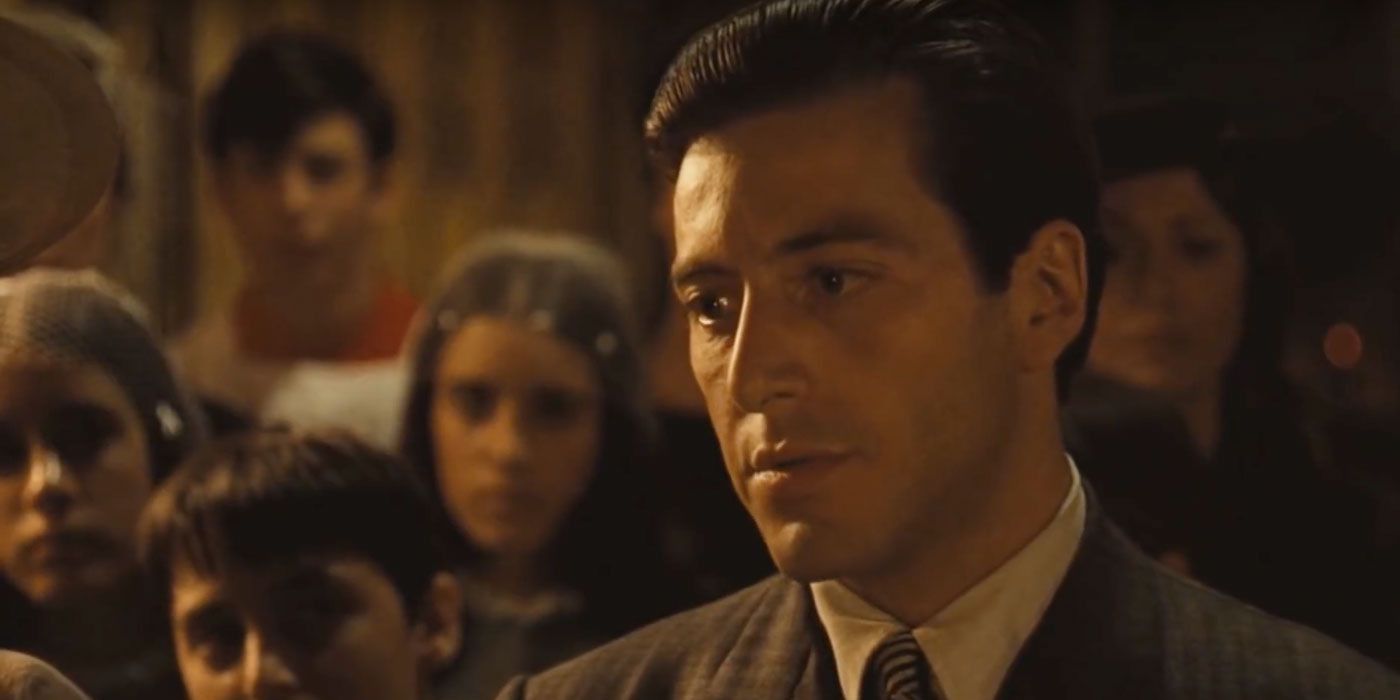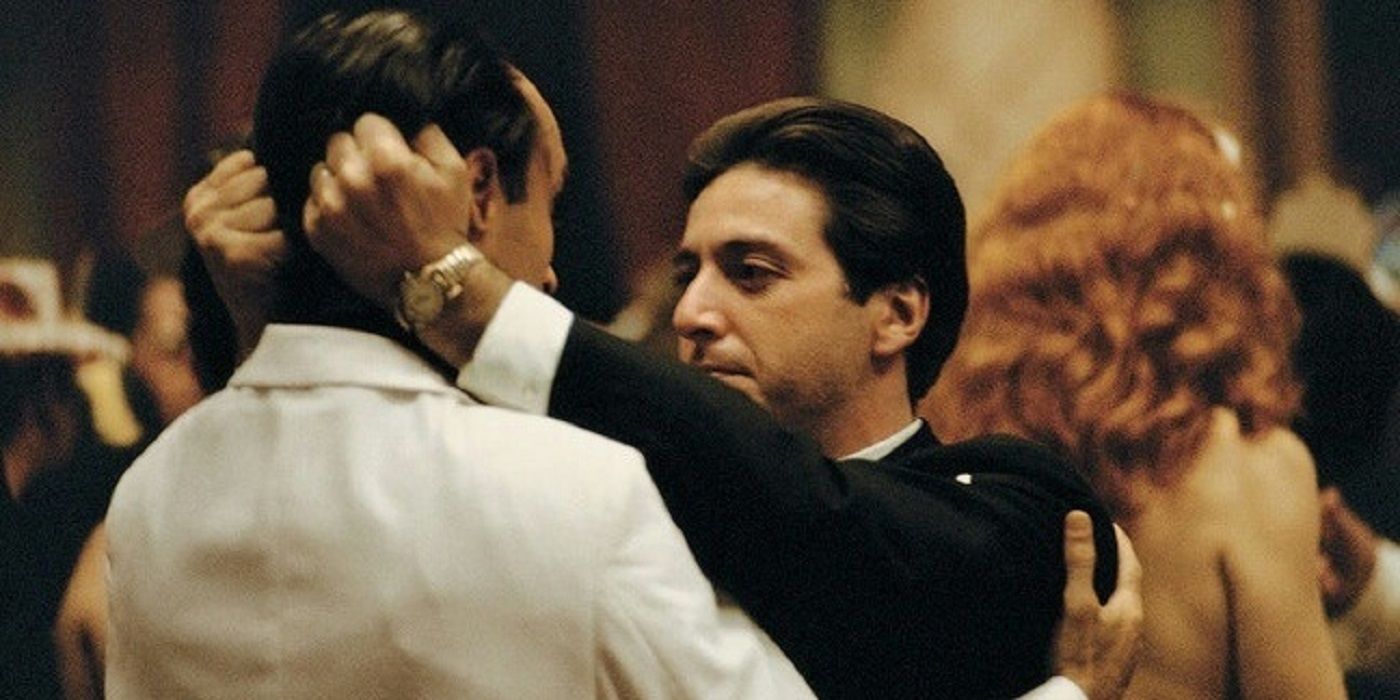The Godfather Part II is one of the best movie sequels ever made, but does Francis Ford Coppola's original The Godfather have the edge? The world of cinema is full of impossible questions. What was in the Pulp Fiction briefcase? How many explosions can Michael Bay cram into two hours? And which is better out of The Godfather and The Godfather Part II? Released in 1972, the original movie charted the fall of Don Vito Corleone and the rise of his son Michael. The 1974 sequel would go on to explore both the past and present, chronicling both men at different points in their respective mafia careers.
"Sequel" can be a dirty word among film fans. More often than not, movie follow-ups fail to live up to their predecessors, and the list of disappointing sequels is far, far longer than those that genuinely enhance and expand upon what came before. Toy Story and Back To The Future are regularly touted as franchises that successfully delivered worthy sequels, but The Godfather Part II is arguably the chief example of a big screen continuation done right. Although The Godfather Part II was indeed motivated by the financial and critical success of the original, and Godfather author Mario Puzo didn't have a second novel to draw from, Coppola enjoyed more creative freedom on his second venture with the Corleone family, and many claim that the second film is actually superior to Don Corleone's legendary 1972 debut.
It's not hard to see why that opinion is so prevalent. Both The Godfather and The Godfather Part II are among the best examples of filmmaking and storytelling in history. In order to avoid differentiating between them, many consider the two films as one long work of blood-soaked art. Certainly, there are many areas upon which The Godfather Part II improves upon the first, but if Luca Brasi held a gun to a critic's head and assured him that either a choice between The Godfather and The Godfather Part II or his brains would be on his laptop screen, here's why they might opt for the former.
The Original Godfather Cast
The most telling advantage The Godfather has over its sequel is a timeless and iconic cast. While many of the talented ensemble would reprise their roles in The Godfather Part II, not every character from the first film lived long enough to see the second, depriving the sequel of some big-hitters. The entire trilogy is very much Michael's story, but even the slightest utterance of the word "Godfather" has, for the past four decades, conjured images of only one man - Marlon Brando's Don Vito Corleone. The character might only appear in one movie, and Brando's erratic real life behavior sometimes overshadows his acting work, but the Vito character is the very essence of The Godfather, embodying the spirit and tone of the mafia world in one groundbreaking performance.
Admittedly, Robert De Niro as a younger Vito in The Godfather Part II isn't exactly what you'd call a disappointing replacement. The future star offers his own unique and infinitely compelling interpretation of the famous Don. But something about Brando's Vito is irreplaceable, and even The Godfather Part II's most enthusiastic banner-wavers would admit that his absence is keenly felt, with no other character matching the blend of callous darkness and familial warmth he brought to Vito.
James Caan is another notable absentee from The Godfather Part II. Sonny's death was a tragic but necessary part of the Godfather story, but the hot-headed stallion brought a certain balance to the Corleone dynamic. Tom Hagan was considered and intelligent, Michael cold, cunning and callous, and Fredo the cowardly misfit. Sonny was the fiery, outspoken wildcard whose rash temperament and Sicilian pride set him apart from the rest of Vito's sons. His absence in The Godfather Part II takes the sequel into colder, darker territory which some might prefer, but just like Brando, Caan leaves a significant hole in the tapestry of The Godfather.
Richard Castellano was expected to return as Clemenza in The Godfather Part II, but due to disagreements between the actor and producers, this proved impossible. Clemenza is written off in a throwaway line of dialogue, and his role in the second movie was repurposed for Michael V. Gazzo's Frank Pentangeli. Despite being a stand-in, Pentangeli is a great character in his own right, but can't prevent the abrupt off-screen departure of Clemenza taking its toll.
The Godfather's Cleaner Narrative
The other major dividing factor between The Godfather and its sequel is the far cleaner, more straightforward narrative of the original movie. Cutting parts of Mario Puzo's novel (including a bizarre subplot concerning an over-sized vagina), The Godfather was a condensed tale that depicted Michael Corleone's transformation arc from a virtuous war hero ashamed of his family's criminal dealings, to the frozen, dead heart of the Corleone crime operation. The Godfather employs a traditional storytelling structure for this journey, moving from point A to point B, and exists perfectly in isolation without any additional backstory or follow-up. From start to finish, The Godfather is a masterpiece.
While The Godfather Part II is also a masterpiece, Coppola's sequel takes the scenic route to get there. Ambitiously telling two completely separate stories, The Godfather Part II follows De Niro's Vito in the early 1900s as he evolves into a powerful mafia leader, and Michael Corleone in the 1950s, continuing from the end of the first film. This intertwining narrative technique is often cited as the main reason to prefer The Godfather Part II, and the dueling eras certainly provide far greater depth - a thrilling insight into both the past and present of the Corleone family. But the cost of that depth is demanding more from the viewer. Moving between eras, remembering key events from the first Godfather, and keeping track of each new character results in a more complex and cerebral experience, albeit a potentially more rewarding one.
Thanks to its simpler approach, the world depicted in The Godfather feels more complete than in The Godfather Part II, and this comparison is exemplified by the villains in each installment. The Godfather tells the audience everything they need to know about each antagonist - Sollozzo is the disruptive upstart, McCluskey is the crooked cop, the other New York Dons are scheming rivals, etc. The Godfather II introduces new, fully-formed villains without much context. For example, Hyman Roth is revealed as the mastermind behind the attack on Michael Corleone, but his backstory was left on the cutting room floor. While this adds an element of mystery to the already-enigmatic Roth, The Godfather's first crop of villains require no guesswork, and therefore enjoy a more immediate impact.
While The Godfather is more compact and self-contained than what would come two years later, it's a mark of true greatness that the 1972 film feels just as expansive and epic as the timeline-hopping sequel.
The Godfather Part II Follows The Path Of The First Movie
By their very nature, all sequels draw on elements from their predecessors, depending on fans to remember all the necessary key events. However, The Godfather Part II is so deeply-rooted in the original that the audience must be intimately familiar with the first chapter of Michael's story in order to fully appreciate the follow-up. Such a strong connection makes viewing The Godfather Part II out of context a challenge, giving the first movie a slim advantage as a story considered on its own merits.
The Godfather Part II doesn't just lean on the first film for its narrative foundation, but also in terms of structural beats, with many parallels between the two stories. The Godfather and its sequel both end with Michael orchestrating a mass culling of his enemies, and both feature two betrayals with Tessio and Carlo Rizzi getting the sharp end of the Corleone stick in 1972, and Frank Pentangeli and Fredo following suit in 1984. Both films begin with a joyous celebration to contrast the misery and bloodshed to come, and the first acts of each film end with violent attempts on the current Don's life to set up the remainder of the story.
These structural similarities are, of course, intentional on Coppola's part, not a sign that the director was copying his own homework. The idea is to give the Godfather films the swelling progression of a classical opera, while signalling that Michael's destiny as part of the criminal underworld is set in stone - enemies will always come for him, friends will always betray him, and blood will always need to be spilled. But with The Godfather Part II following the path already laid out before it, the first movie can perhaps lay claim to being the better of the pair.
The Godfather Left A Bigger Cultural Legacy
The Godfather Part II plays host to a wealth of iconic moments, from "I know it was you," to the break-up of Michael and Kay. But it's the first Godfather installment that boasts the most famous imagery, the most culturally significant lines, and the most memorable scenes. The opening monologue, "sleeps with the fishes," Sonny's demise, "leave the gun, take the cannoli," closing the door on Kay. That small selection barely scratches the surface of The Godfather's cultural impact. In terms of lasting legacy, The Godfather is streets ahead of The Godfather Part II, giving some idea of just how groundbreaking and historic the original film was.
Some might argue that being more quotable doesn't necessarily make The Godfather a better film, and the heavier cultural impact is down to being released first, rather than being the superior movie. There is truth to both statements, but cinematic history is stocked with examples of sequels that enjoyed more cultural resonance than their predecessors, from Terminator 2: Judgement Day to The Dark Knight. When The Godfather series is parodied, or quoted, or looked to for inspiration, it's no coincidence that most immediately turn to the first film.
Separating The Godfather and The Godfather Part II is a thankless task with no clear answer. It's virtually impossible to place one over the other in technical terms, and while the two films are structured very differently, both methods work in the context of Coppola and Puzo's fictional crime world. However, the unprecedented manner in which The Godfather has remained culturally relevant from one generation to the next perhaps gives a very narrow winner in this painfully close contest. You can put the gun down now Luca.

